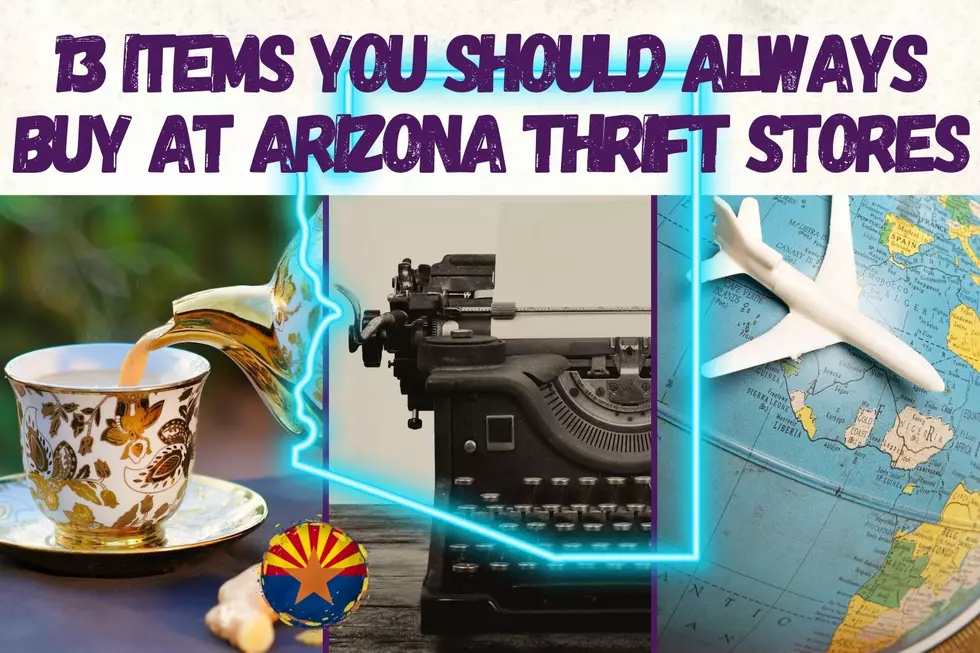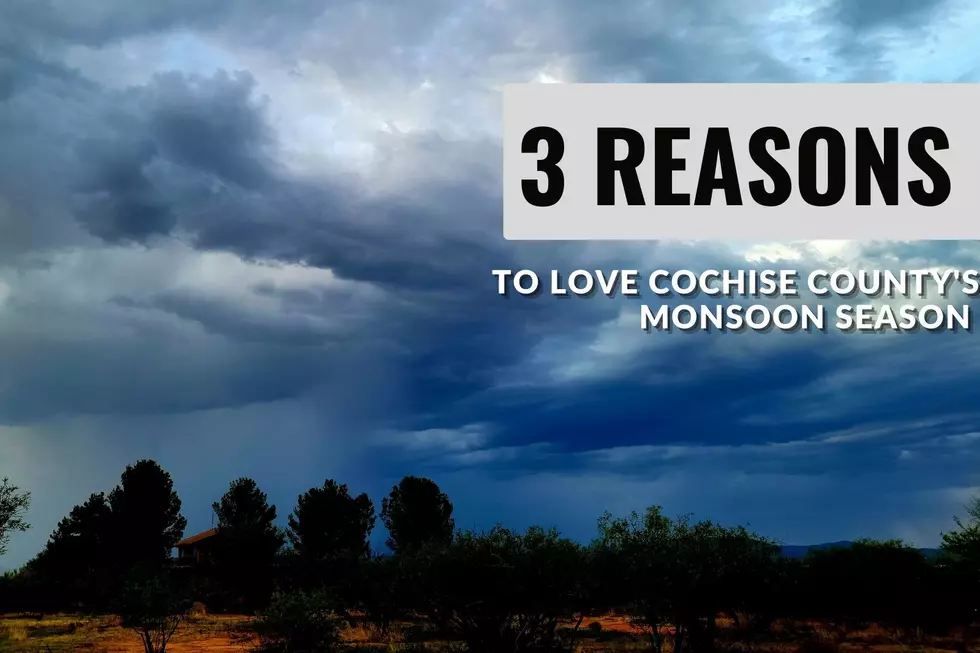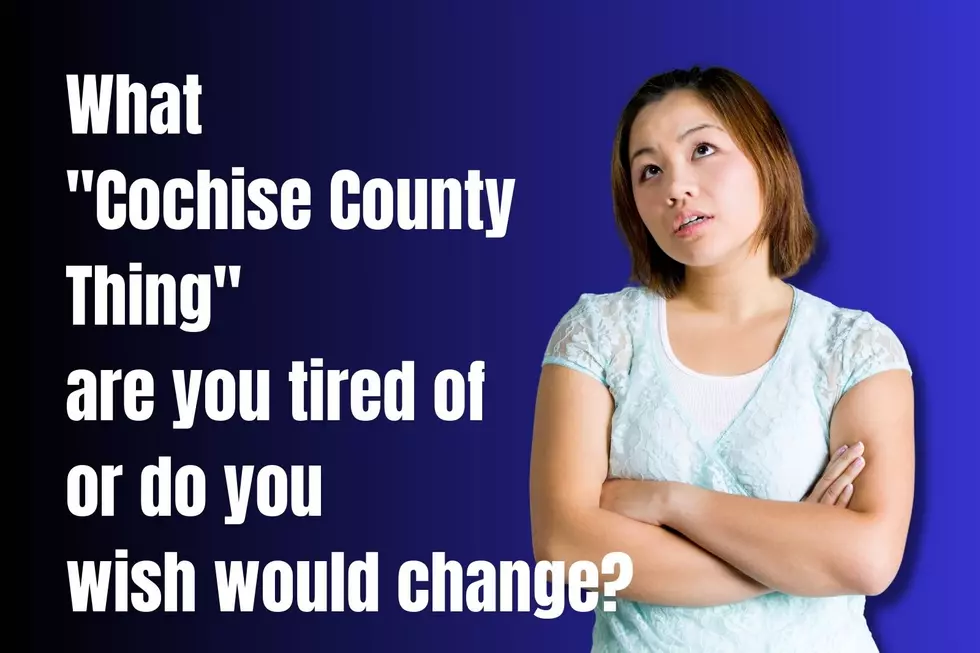
Is This Climate Pattern Bad News for Arizona’s Summer Monsoon?
I had a friend who didn't trust the news at all. He used to theorize that most of the stories we saw on tv and in newspapers was either made up, exaggerated or part of some larger agenda. (Read: conspiracy).
You'd might think global politics would be the main target of his skepticism, but nope. It wasn't that simple. The part of any news report he had the most issue with was the weather.
Chance of Rain
"How can they predict the weather," he'd scowl. "They have no idea, and they lie about it all the time!"
Well, I don't think they're lying, I'd offer. But he'd stand firm.
"Take for example this," he'd pitch. "Tomorrow the weather guy says there's a 20% chance of rain. On Thursday, there's a 50% chance of rain. They're exactly the same."
I was flummoxed. How could a 20 percent and 50 percent be the same. Mathematically, they're different, I would argue.
"All it means," he'd say, "is that it might rain. And it might not."
Okay, he had me there. I tried to inject the fact that there was more science and math involved in the predictions, but he stood firm: It might rain. And it might not.
El Niño and the Monsoon
Last year's monsoon season started early and seemed to go on forever. It was glorious. The cooler temperatures and moisture brought much needed goodness to our arid climate.
If you were hoping for a repeat of last year's monsoon season, don't go investing in that rain catchment system just yet. The trending buzz this year has been El Niño, and how it could affect the 2023 summer monsoon in Arizona.
The Sciencey Bits: What is El Niño?
According to Wikipedia.org, El Niño is a climate phenomenon that occurs when the Pacific Ocean near the equator gets warmer than usual. This affects the atmospheric circulation and rainfall patterns around the world, especially in the tropics and subtropics.
But what does it mean for Arizona? National Geographic has been watching this trend, too. They report that the implications for Arizona depend on how strong the El Niño is and how it interacts with other factors, such as the North American Monsoon System or NAMS.
"This seasonal shift in the wind direction brings moisture from the Gulf of California and the Gulf of Mexico into the Southwest."
This is what causes our seasonal monsoon system.
How Will the Monsoon be Affected?
After the abundant rains of last year, the question we're all asking is: how will El Niño affect Arizona's monsoon season this year?
Looking at the latest forecast, NOAA is predicting a 70% chance of an El Niño weather system this year.
That said, this year's El Niño is expected to be weak or moderate, which means it may not have as big an impact on this year's monsoon in Arizona as we've seen in years past. In fact, we may even see more monsoon rainfall in Arizona, especially as we move into July and August.
At this point, these are just predictions, and a lot of factors could change between now and then causing the season to change.
So, can we predict with certainty how El Niño will affect the 2023 summer monsoon in Arizona?
Well, if you ask my friend, it's the same as always: It might rain. And it might not.
Bring an umbrella, just in case.
LOOK: The most expensive weather and climate disasters in recent decades
More From K101









